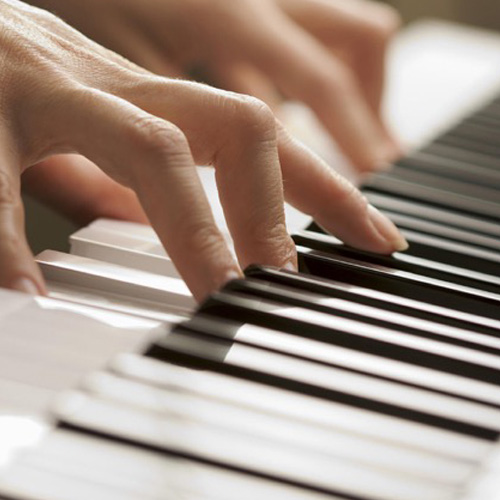Dupuytren Contracture

Dupuytren’s contracture is a thickening and shortening of the deep supporting tissue of the hand (palmar fascia), found above the bones and tendons and below the skin of the hand. The thickening and shortening below the skin surface cause lumps on the palm of the hand that result in constricted fingers bent down toward the palm, preventing the hand from opening. It is named after Baron Guillaume Dupuytren, the surgeon who first performed an operation to correct the condition. The cause of Dupuytren’s contracture is not known. It is not caused by an injury or heavy hand use. There are factors that put people at greater risk for developing Dupuytren’s contracture:
- Dupuytren’s contracture is more common in men.
- It is most common in people of Northern European or Scandinavian ancestry.
- It often runs in families, hereditary.
- It may be associated with drinking alcohol.
- It is associated with certain medical conditions, diabetes, and seizures.
- It increases in frequency with age.
Dupuytren’s contracture symptoms usually occur very gradually:
Nodules. One or more small, tender lumps or nodules form in the palm.
Bands of tissue. The nodules may thicken and contract, forming tough bands of tissue under the skin.
Curled fingers. One or more fingers bend (flex) toward the palm. The ring and little fingers are most commonly affected. As the bend in the finger increases, it may become difficult to straighten the finger. If symptoms of Dupuytren’s contracture progress as described, the orthopedic experts at DOC need to examine the hand and test the feeling in the thumb and fingers, grip, range of motion and pinch strength. The PA or orthopedic surgeon will record the locations of nodules and bands on the palm and measure the amount of contracture in the fingers. He or she will refer back to these measurements throughout treatment to determine the condition’s progression. Nonsurgical treatment may help to slow the disease with steroid or enzyme injections. Some patient guests select surgery for Dupuytren’s contracture to remove the thickened bands to help restore finger motion.
For more information on the cost of care, click here.




